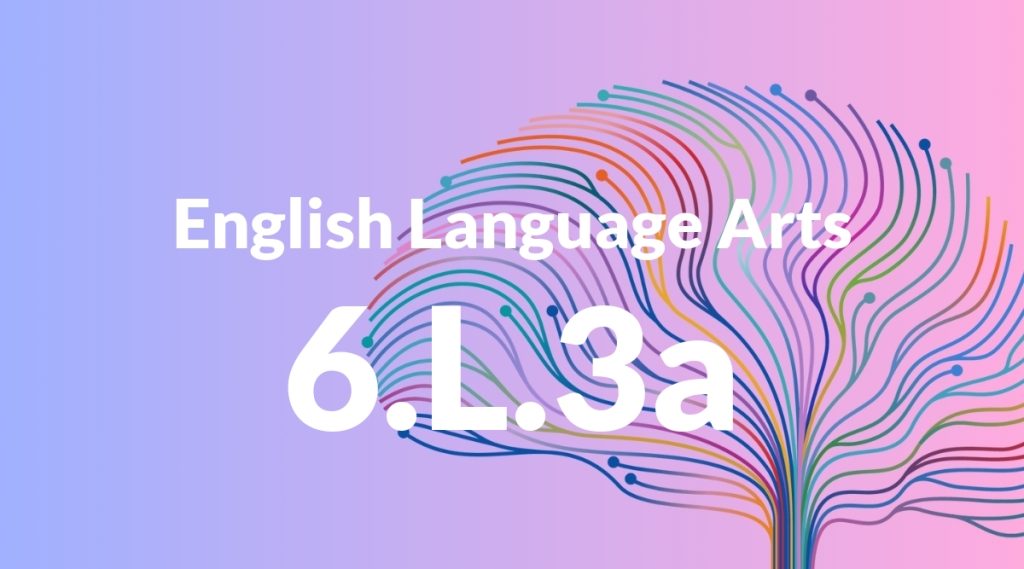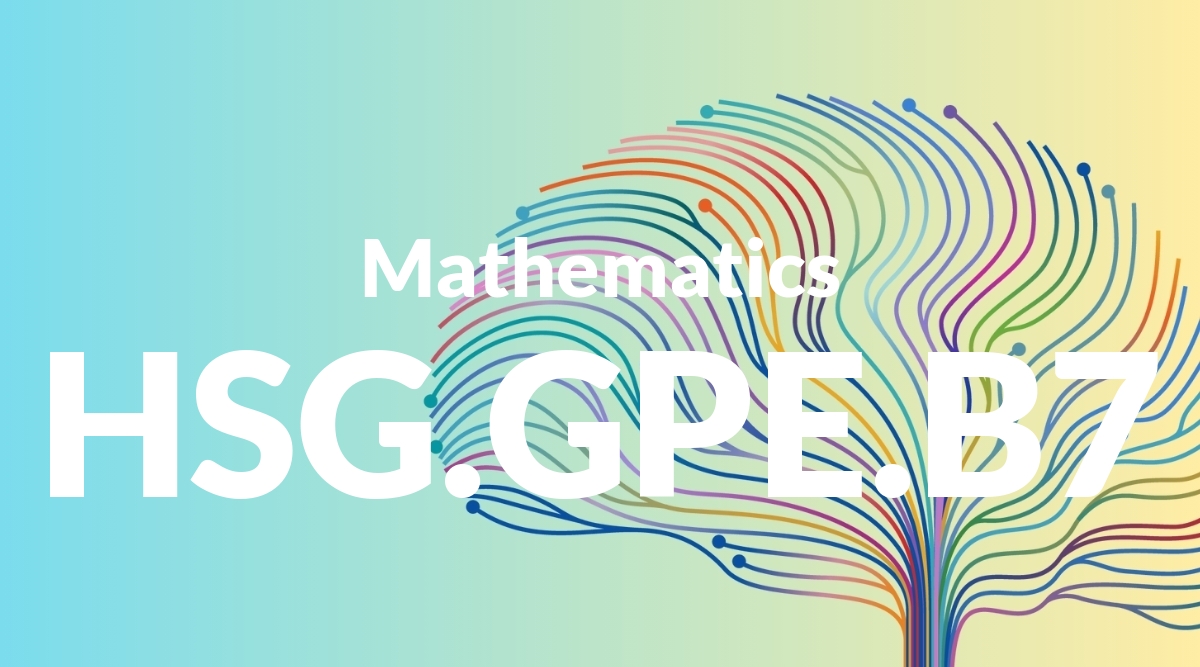Standard: 6.L.3a – Vary sentence patterns for meaning, reader/listener interest, and style.*
Grade level: Grade 6
Subject: English Language Arts
Domain: Language
Teacher Overview
This standard focuses on helping students understand the importance of varying sentence patterns to enhance meaning, maintain reader or listener interest, and develop a unique writing style. Mastery of this standard will enable students to produce more engaging and effective written and spoken texts, which is a crucial skill in both academic and real-world contexts. Students should have a foundational understanding of different sentence types (simple, compound, complex) and their uses. They should also be able to identify and construct these sentences.
By mastering this standard, students will be able to craft more engaging and effective texts. They will be better prepared to use advanced stylistic techniques, such as parallelism and varied sentence lengths, to enhance their writing in future academic and real-world contexts.
Common Misconception 1
Some students may think that varying sentence patterns is an unnecessary skill. They might believe that as long as their writing is grammatically correct, the sentence structure does not matter. This is incorrect because varied sentence patterns can significantly impact the readability and interest level of a text.
Intervention 1
To address this misconception, provide students with examples of texts that use varied sentence structures and those that do not. Have students compare the effectiveness and engagement level of each text, discussing how sentence variety contributes to the overall quality of the writing.
Common Misconception 2
Another common misconception is that varying sentence patterns only involves changing the length of sentences. While sentence length is one aspect, true sentence variety includes using different types of sentences (e.g., questions, exclamations, compound sentences) and structures to create a dynamic and engaging text.
Intervention 2
Teach students about the different types of sentences and their structures. Provide practice exercises that encourage students to incorporate a variety of sentence types into their writing. Highlight how each type can be used to achieve specific effects and enhance the overall quality of the text.
Prerequisite Knowledge
Students should have a basic understanding of different types of sentences (simple, compound, complex) and their functions before tackling this standard.
Subsequent Knowledge
After mastering this standard, students will develop the ability to enhance their writing with advanced stylistic techniques, such as parallelism and varied sentence lengths, to create more engaging and effective texts.
Instructional Activities
- Sentence pattern scavenger hunt in literature
- Writing prompts focusing on varied sentence structures
- Peer review sessions to identify and suggest sentence variety
- Sentence combining exercises
- Creating sentence variety checklists for editing




